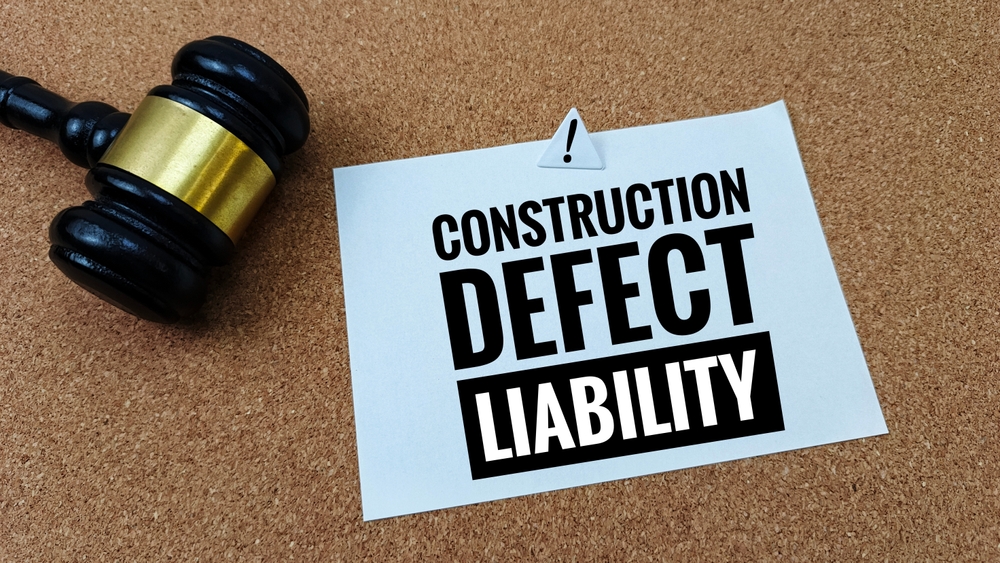

Benjamin Franklin said “Remember that time is money.” This sentiment has been repeated over and over since he first wrote it over two hundred and fifty years ago. Many people use this phrase to mean that if you are wasting time, you are wasting money. While this is true and helps businesses become more efficient, we must be careful as to what we define as “wasting time.”
One thing that many businesses seem to forego is the making and keeping of employment records. Instead of ‘wasting time,’ businesses instead will handle problems and employment issues as they arise. However, spending a little time making sure all employment policies, paperwork, and records and in order will save both time and money later on.
Some examples of important employment forms and records to maintain are:
These records are important when issues arise with your employees. While in most instances, an employer does not intend to discriminate when terminating or taking action against an employee, the employee can still create the appearance discrimination existed.
The burden for an employee to initially prove he or she was discriminated against is very low. The employee must prove he or she is part of a protected class, was qualified for the job, was subjected to an adverse employment action, and that the employer gave better treatment to a similarly-situated person outside the protected class. The employer then has the opportunity to give a legitimate, non-discriminatory reason for the adverse employment action. However, the analysis does not end there. The employee can then show the non-discriminatory reason proffered by the employer is a lie.
Here’s an example:
A female employee is terminated. She is part of a protected class (gender is a protected characteristic and she is female), she was qualified for her job (simple to prove because businesses usually do not hire and keep unqualified people), she was terminated (adverse employment action), and males were not terminated (so the males were treated better than she was).
Now let’s say the employer’s reason for termination was the female was consistently late and violated the employer’s attendance policy. This is a completely valid and non-discriminatory reason to terminate someone. However, the female employee then has a chance to show this reason is a lie. She could show she was in fact not late, she could show that her tardiness was approved and accepted, she could show she was never disciplined for the tardiness, and/or she could show the males were tardy just as often and were not disciplined or terminated. The list goes on and on.
It becomes clear, once you understand how the courts analyze these cases, why these employment forms and records are necessary. They help defeat all the arguments the female employee would be able to put forward. The employer would have the attendance policy written in the employee handbook, which the female would have signed. The employer would have the time sheets to show she was tardy and the disciplinary forms reprimanding her when she was consistently tardy. Additionally, the employer would also have the same forms for the male employees to hopefully show she was treated no differently than the male employees and no discrimination had occurred.
Without these employment forms, the fight becomes very time consuming and expensive and the absence of these forms makes the employer look culpable in the eyes of a jury. The little time taken to fill these documents out, translates into saving money, time, and stress down the line. Therefore, time really is, in fact, money. Contact us today and let our expert employment attorneys help you get your employment forms ready to protect your business.
This article is intended as a general educational overview of the subject matter and is not intended to be a comprehensive survey of recent jurisprudence, nor a substitute for legal advice for a specific legal matter. If you have a legal issue, please consult an attorney.
Karalynn Cromeens is the Owner and Managing Partner of The Cromeens Law Firm, PLLC, with over 17 years of experience in construction, real estate, and business law. A published author and passionate advocate for contractors, she has dedicated her career to protecting the businesses her clients have built. Karalynn is on a mission to educate subcontractors on their legal rights, which inspired her books Quit Getting Screwed and Quit Getting Stiffed, as well as her podcast and The Subcontractor Institute.

